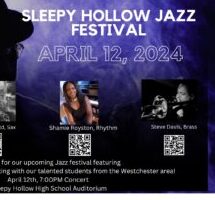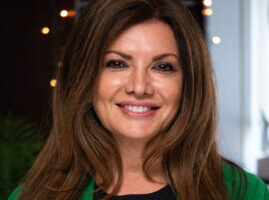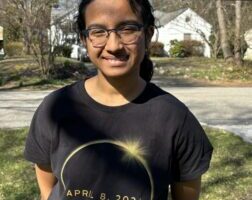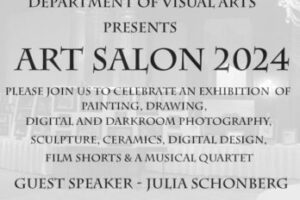Although the Tooth Fairy is kept very busy with all the lisping, toothless 6 year olds at the John Paulding School, there is actually quite a lot to “sink your teeth into” once you enter the school’s 1st grade classrooms.
Engaging artwork, abundant writing, creative class projects and the infectious sounds of children at work and play greet visitors.
In classrooms, students are captivated by the newly-acquired SmartBoards, which truly bring learning to life. SmartBoards — interactive white boards which project images from the Internet or a computer — are difficult to describe but once seen in action, their value quickly is evident. 1st grader Jack Weitzer explained that, “It’s really cool. It’s bigger than a computer and you don’t
need to use a mouse. You can use your finger to move things around.” Georgia Vashon explained that “your finger doesn’t have to have ink to make marks on the SmartBoard, but we can use special markers, too.” Other students added that, “I like that the screen is bigger than a computers. It makes you smart!”
1st grade teacher Evelyn Rivera said, “I use the SmartBoard for every subject – math, science, literacy, and social studies. We are going to take children to the Neuberger Museum, where they will see mobiles by Alexander Caldor. To prepare students, I can show them a video, which I can easily download from the Internet, of the artist and his work. The image will appear on the large white board, which is much easier to see than on a small TV.” In science classes, the white board helps students readily understand the difference between types of clouds, as videos of real clouds are presented – a far cry from a still photograph of each cloud, which I remember, from my own elementary school days, struggling to distinguish.
Principal Marilyn Mercado-Belvin said that the school was given three SmartBoards this fall, thanks to a gift from The Foundation for the Public Schools of the Tarrytowns. She said, “The students have been enthralled. Teachers are clamoring to get this new technology for their classrooms next year, and those that already have the equipment say they can’t imagine teaching without it.” Mercado-Belvin added that the school, like other elementary schools in the district, is using a new math series this year which stresses using interactive activities and manipulatives to make the learning very concrete. Instead of a teacher first demonstrating how to use a manipulative while students watch, now the teacher can project the activity on the white board and bring a student up to help demonstrate by touching the screen. For instance, they can easily do matching activities, or identify and redesign patterns. As a result, students become part of the demonstration and compelling role models for their peers. Mercado-Belvin explained that initially some teachers were skeptical about bringing in this powerful piece of technology for young students. Now, the staff believes the SmartBoard is one of the most effective tools they can imagine. Kelly Sulsonn summed up her classmates’ feelings when she added, “We love using the SmartBoard!”
Paulding School has a new social studies curriculum that incorporates Howard Gardner’s Multiple Intelligence Theory, which states that different students excel in different areas and don’t always learn best in the traditional linguistic/mathematical model. The new curriculum is designed to help all students be successful through creative lessons which incorporate the various intelligences – bodily/kinesthetic, visual/spatial, musical/rhythmic, etc.
At Paulding the new social studies enrichment program focuses on families. The first cycle explored families who lived in this area long ago. Over the course of five Friday mornings, students entered a new classroom each week, getting to know yet another teacher in the building. Lessons included a cooking/science activity where children learned to make Victorian sandwiches. Another session focused on movement where students created “dances” based on the motions of newly invented machines of the late 19th century. Students visited the Historical Society, and the Historical Society lent the school 19th century garments and lace-up boots, which they contrasted to the clothing of today. The program requires teachers to collaborate and go beyond traditional standards-based approaches as they incorporate different intelligences into every lesson. Principal Mercado-Belvin said, “The teachers are loving it, and the kids are loving it. As an added value, the program strengthens the cohesiveness of the staff as they plan and work together.” 1st grader Micah Swinton said his favorite activity was making and eating Victorian sandwiches, made from pound cake and jam. Emma Maltby explained that, “It was called pound cake because all the ingredients weighed a pound.” “They were delicious!” Micah added. Now that’s something you can sink your teeth into!






